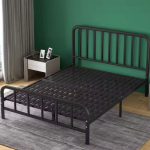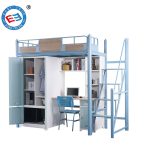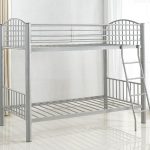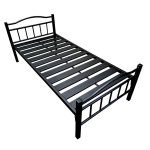When it comes to furnishing a child’s room, one of the most practical pieces of furniture you can invest in is low bunk beds for kids. These beds are especially popular in smaller rooms, offering space-saving solutions while keeping kids safe and comfortable. In this guide, we'll walk you through the essential considerations to help you choose the perfect low-bunk bed for your child.
What is a Low Bunk Bed? And Why Should You Choose One?
A low bunk bed is a twin bed design with the top bunk at a lower height, making it ideal for young children or in rooms with low ceilings. While high bunk beds can feel thrilling for older kids, low bunk beds are designed with safety and practicality in mind.
Advantages of Low Bunk Beds for kids:
Space-saving: Perfect for smaller rooms, low bunk beds for kids allow you to maximize floor space for other furniture or play areas.
Safety: With a lower height, the risk of falling is minimized, making it ideal for younger children.
Versatility: Many low bunk beds come with storage options or can be converted into twin beds, providing long-term value as your child grows.
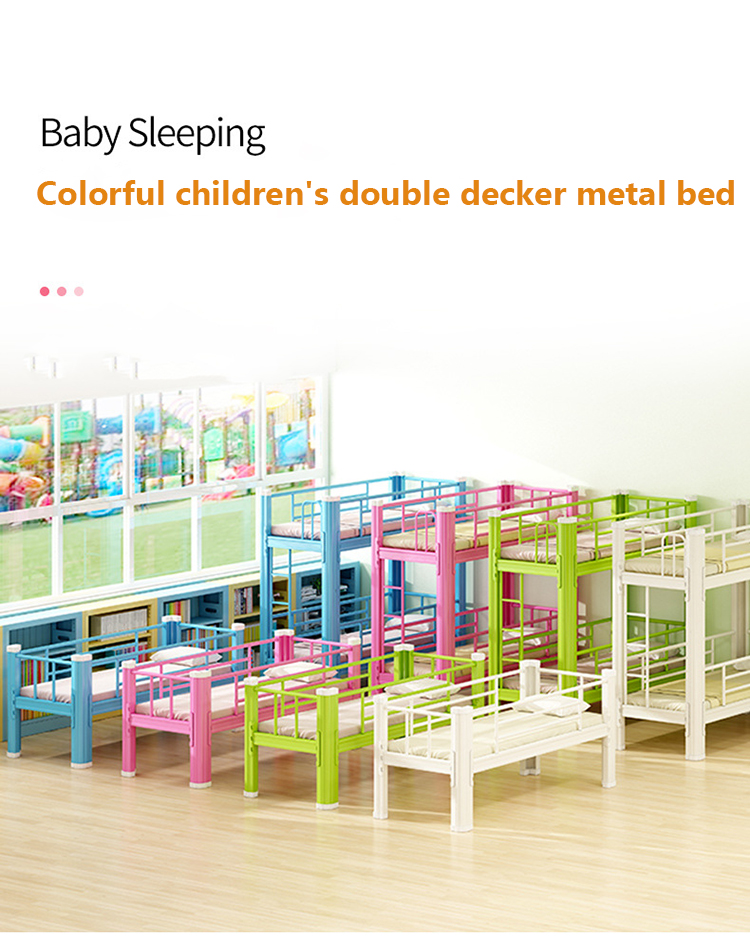
Key Factors to Consider When Choosing a Low Bunk Bed
1. Safety Features
Safety should always be the number one priority when choosing a bed for your child.
Guardrails: Ensure the top bunk has high guardrails to prevent accidents. They should be sturdy and high enough to keep the child from rolling off during the night.
Ladder Design: Look for a stable ladder that’s easy for your child to climb. Some designs feature slanted or wide steps for extra comfort and safety.
Bed Frame Stability: The bed frame is made of durable materials to ensure a solid structure, preventing shaking or potential collapse.
2. Age Appropriateness
Low bunk beds are typically suitable for children ages 6 and up, but always check the manufacturer’s recommended age and weight limit.
Weight Capacity: Depending on the construction material (wood or metal), each bed will have different weight limits. Make sure the bed can support your child’s weight and any potential movement.
Adjustability: Some low bunk beds for kids come with adjustable height settings, or can be converted into two single beds as your child gets older.
3. Materials and Durability
The material of the bed will affect its overall durability and safety.
Wooden Bed Frames: Wood is a classic choice for bunk beds due to its durability and natural aesthetic. Popular wood options include pine, oak, and maple, each offering a solid, sturdy structure.
Metal Bed Frames: Metal frames are often lighter and can be more affordable, but they also need to be checked for sturdiness and quality. Choose thick, rust-resistant metal for enhanced longevity.
4. Storage and Space Efficiency
Low bunk beds for kids often come with storage features to help keep the room tidy.
Under-bed Storage: Look for beds with drawers or shelves beneath the bottom bunk to store clothes, toys, or bedding.
Additional Features: Some beds feature desks, bookshelves, or other integrated elements to maximize room functionality.
Design and Style Options for Low Bunk Beds
In terms of design, low bunk beds come in a variety of styles. They can suit the aesthetics and preferences of different rooms.
Modern and Minimalist: Clean lines and simple, functional designs are perfect for a contemporary bedroom.
Colored steel bed: Colored steel bunk beds are durable, easy to clean, corrosion-resistant and come in a variety of colors, suitable for different decoration styles and have a long service life.
Themed Designs: For younger children, consider beds with fun themes like a treehouse or a ship. These whimsical designs can make bedtime more exciting.
Colors and Finishes: From neutral tones like white and gray to more vibrant hues, there’s a color and finish to match any room decor.
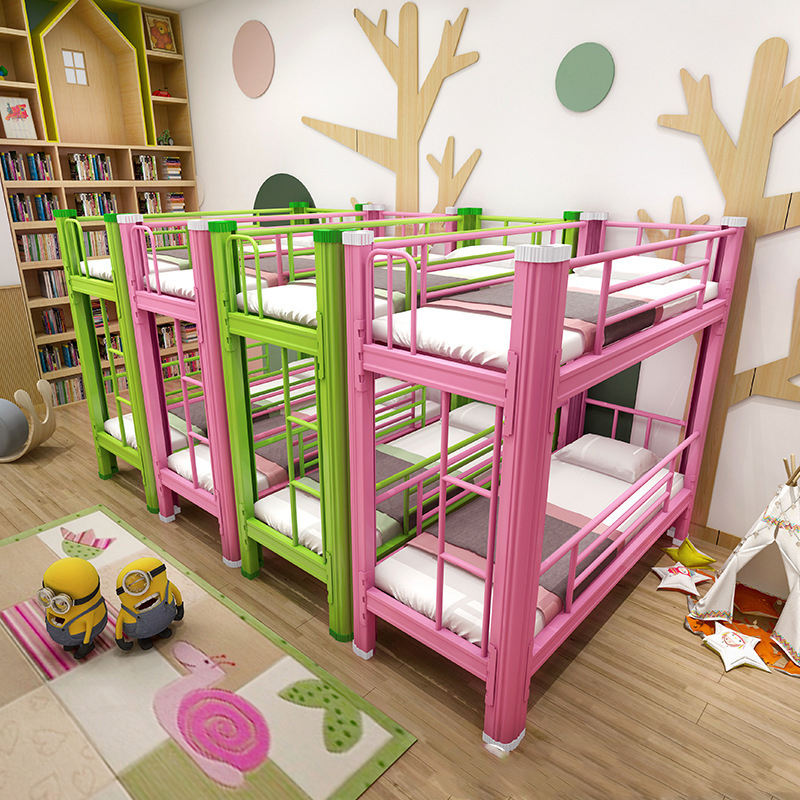
How to Choose the Right Low Bunk Beds for Your Kids
Now that you’re familiar with the essential features and design options, it’s time to make the best choice for your child’s room.
Consider the Age and Size: Choose a bed that suits your child’s age, height, and weight. A bed that’s too small or too large could result in discomfort or safety risks.
Safety First: Always prioritize beds with sturdy construction, high-quality materials, and safety features like guardrails and a secure ladder.
Look for Added Features: Depending on your storage needs, look for styles with storage or other features to make the most of the space.
Conclusion
Low bunk beds for kids are an excellent choice for maximizing space, improving safety, and creating a functional and stylish bedroom for your child. By considering safety features, materials, design, and functionality, you can find the perfect bed that meets both your needs and your child’s preferences. Whether you're on a budget or looking for a premium option, there’s a low bunk bed out there for every family. Happy shopping!


